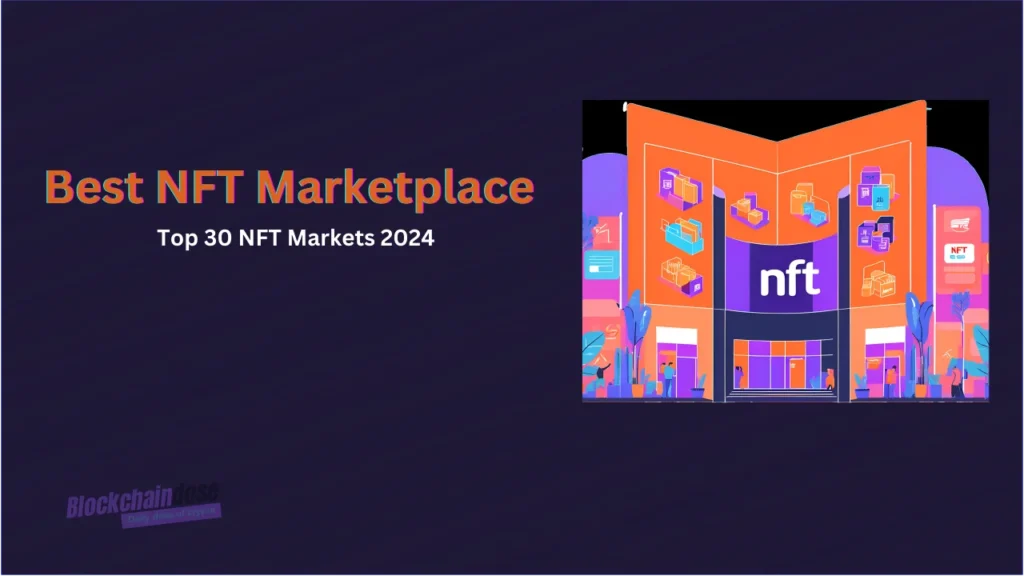The world of cryptocurrency is constantly evolving, with new ways to participate and earn rewards emerging regularly. One such method that has gained significant popularity is staking crypto using the “proof of stake” mechanism. Staking allows individuals to actively participate in a blockchain network by holding and “staking” their cryptocurrencies, contributing to the network’s security and consensus protocols.
In return for their participation, stakers are rewarded with additional tokens or coins, making staking an attractive option for those seeking passive income. Staking crypto serves a crucial purpose in supporting the underlying blockchain network.
1. The Purpose of Crypto staking
Staking crypto, a fundamental concept in the world of blockchain technology, serves a crucial purpose within decentralized networks. At its core, staking involves locking up a certain amount of cryptocurrency tokens to support the operations of a proof-of-stake (PoS) network. The main objective is to contribute to network security and consensus mechanisms, enabling participants to earn rewards in return for their contribution.
The value of many PoS cryptocurrencies heavily relies on their ability to maintain an active and engaged community of stakeholders who are willing to hold and stake their tokens. Staking demonstrates a long-term commitment to the project’s success by locking up funds for extended periods, discouraging short-term speculation that can lead to price volatility.
Additionally, staking serves as an avenue for earning passive income through staking rewards. Validators or delegators are compensated with additional tokens as an incentive for contributing their resources and securing the network.
2. Understanding Staking Rewards
Staking rewards, as a fundamental aspect of crypto staking, play a pivotal role in attracting participants to engage in the network’s consensus mechanism. By staking their tokens, individuals contribute to the overall security and decentralization of the blockchain network while earning rewards in return.
One key element to comprehend when it comes to staking rewards is the concept of block rewards. Similar to mining rewards in proof-of-work systems, block rewards are distributed among stakers who actively participate in validating transactions and securing the network.
These rewards can consist of newly minted tokens or transaction fees paid by users on the platform. However, it is essential to recognize that staking rewards are not solely determined by one factor.
A variety of components come into play when calculating the potential earnings from staking. Annual Percentage Yield (APY) is often used as a metric to represent the potential returns on stakeable assets over a year.
It takes into account factors such as inflation risks, token appreciation or depreciation, and any additional fees associated with staking. While earning attractive returns through staking can be enticing, it is equally crucial for participants to consider potential risks.
3. Risks Associated with Staking Crypto
Staking crypto, while offering the potential for lucrative rewards and passive income, is not without its risks.
Understanding these risks is crucial for any crypto investor or enthusiast considering staking as a means of participation in blockchain networks. One of the primary concerns regarding staking crypto is network security.

Risk of security
In a Proof of Stake (PoS) consensus mechanism, validators are responsible for maintaining the integrity and security of the network. However, there is always a risk of validator misbehavior, where validators may act maliciously or negligently to compromise the network’s security and consensus process. This could potentially result in financial losses for stakers and destabilize the entire system.
Token health
Another significant risk associated with staking crypto is being heavily dependent on token health. The value and viability of a cryptocurrency can fluctuate significantly due to market conditions, regulatory changes, or technological advancements. If the token being staked experiences a substantial decrease in value or becomes obsolete over time, this could have adverse effects on the overall profitability of staking activities.
Penalties
Additionally, slashing penalties pose another risk in crypto staking. Slashing occurs when validators violate network rules or engage in malicious behavior, leading to penalties such as loss of stakes or rewards.
Low liquidity
Validators must adhere to strict guidelines and protocols; otherwise, they may face severe consequences that can impact both their own holdings and those who have entrusted them with their stakes. Furthermore, low liquidity can also pose challenges for individuals engaging in staking activities.
Unlike traditional investments like stocks or bonds that offer high liquidity options for investors to buy or sell quickly at fair prices, some cryptocurrencies might lack sufficient trading volumes or exchanges supporting them. This makes it more challenging to convert stakes back into liquid assets when needed.
Centralization
Centralization threats are worth considering when exploring different stake pools available on various blockchain networks. Concentration of power within a few dominant stake pools raises concerns regarding decentralization and potential exploitation by a select group of validators.
This could undermine the ethos of blockchain technology, which aims to distribute power and authority among participants. While staking crypto offers the potential for attractive rewards and passive income, it is essential to be aware of the associated risks.
By understanding these risks and taking appropriate precautions, individuals can navigate the staking landscape more confidently and make informed decisions that align with their investment goals.
4. Tips for Secure and Profitable Staking
One crucial aspect of engaging in secure and profitable staking is carefully selecting the right staking platform. Regulatory concerns pose a significant risk in the crypto space, so it is essential to choose a platform that complies with relevant regulations and has a transparent governance structure.
Additionally, evaluating the platform’s security measures and track record for handling technical glitches and network attacks is vital to safeguarding your funds. Locked funds are another consideration when staking crypto.
Some platforms may require you to lock up your tokens for a specific period, often known as the lock-up period. While longer lock-up periods can potentially yield higher rewards, it also means your tokens are illiquid during this time.
To mitigate these risks, diversifying your staked assets across different cryptocurrencies or even different staking platforms can help spread out potential losses caused by impermanent loss or market fluctuations. Furthermore, decentralized networks should always be favored over centralized ones to maintain the ethos of decentralization that underpins blockchain technology.
For those who prefer more hands-off approaches or lack sufficient capital to stake individually, joining reputable staking pools may be an attractive option. Staking pools allow participants to pool their resources together while sharing rewards based on their contribution percentage.
Ultimately, successful staking requires maintaining a balance between understanding the risks involved – such as slashing penalties – and implementing strategies that maximize potential rewards while ensuring security and liquidity needs are met.
5. Future of Crypto Staking
As the world of cryptocurrency continues to evolve, the future of staking looks promising.
Network security
One of the key areas that will likely see significant development is network security. Proof of Stake (PoS) algorithms, which underpin staking, have already proven to be effective in maintaining network security. However, there are ongoing efforts to further enhance security measures and mitigate risks such as validator misbehavior or network attacks.
Crypto staking pools
Another aspect that holds great potential is the emergence of staking pools. These pools allow individual token holders to combine their resources and delegate their tokens to a pool operator who manages the staking process on their behalf. Staking pools facilitate small-scale investors’ participation in staking by reducing barriers like technical glitches or high entry costs associated with running validator nodes independently.
However, it is important for investors to thoroughly research and choose trustworthy staking pools to avoid potential fraud. Inflation and block rewards will also play a crucial role in shaping the future of crypto staking.
Cold staking
Another interesting prospect lies in exploring new forms of staking that offer additional benefits beyond passive income generation. For instance, cold staking allows token holders to securely stake their assets while keeping them in offline wallets, offering both staking rewards and enhanced security.
Liquidity crypto staking
Additionally, efforts are being made to explore the concept of liquidity staking, where users can stake their tokens while simultaneously using them for trading or other financial activities.
While the future of crypto staking holds immense potential, it is important to note that its success remains dependent on the overall health and adoption of the underlying tokens.
6. Conclusion
Staking crypto, based on the “proof of stake” mechanism, has emerged as a promising method for investors. Stakers not only support the underlying blockchain network but also earn passive income through staking rewards. By locking up their funds in validator nodes or participating in staking pools, people can contribute to the decentralization. During that time they can enjoy the benefits of token appreciation and potential price volatility.
However, it is crucial to weigh the risks associated with staking, such as centralization threats, network attacks, and slashing penalties. Understanding factors like lock-up periods and impermanent loss can help investors make informed decisions. Despite these challenges, the future of crypto staking looks promising. Regulatory concerns surrounding staking are also being addressed gradually by jurisdictions worldwide to provide a secure environment for investors.
As the ecosystem evolves, it is crucial for participants to stay informed about best practices. By doing so, they can navigate through this exciting landscape safely while enjoying the benefits of passive income generation and contributing to the growth of decentralized finance.




